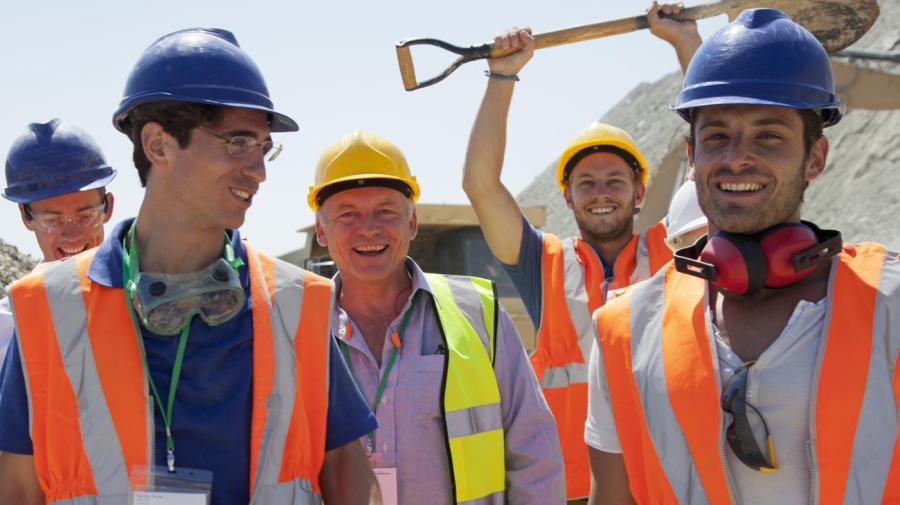What Is the Meaning of Safety Education?

Safety education educates individuals on various safety practices at work, at school, on the road and in daily life. Safety education courses are often a requirement for specific certifications and licenses. Safety courses include CPR training, work environment safety, food safety, driver safety, weather safety, fire safety and self-defense.
Safety courses are common in workplaces where employees work with heavy machinery, chemicals and food. Workers are instructed on how to perform their job tasks in a safe and productive fashion that minimizes risk of injury, illness or accidents to themselves and others. Safety courses in the workplace are often taught by an outside representative. Safety precautions include wearing protective eye gear, wearing ear plugs to minimize noise from loud machines, hand washing and wearing gloves when handling food and following specific guidelines when lifting heavy boxes and working with heavy equipment.
School safety education consists of fire drills, tornado drills, earthquake safety and school lock down procedures. These courses begin in elementary school and are repeated throughout junior high and high school. CPR training is a safety education course that is a requirement for teachers, day care providers and staff, lifeguards and certain management personnel. CPR courses teach students how to restore brain function in individuals who are suffering from cardiac arrest until they can receive proper medical care. There are also special CPR safety education courses that focus on CPR for children and infants.





